PPT-Everyone needs a device (or share)
Author : aaron | Published Date : 2019-03-12
Open internet Wifi marriot conference success13 OR 4G fine Socrative student msocrativecom YOU ARE A STUDENT room code 246978 Transforming the ESL Sequence
Presentation Embed Code
Download Presentation
Download Presentation The PPT/PDF document "Everyone needs a device (or share)" is the property of its rightful owner. Permission is granted to download and print the materials on this website for personal, non-commercial use only, and to display it on your personal computer provided you do not modify the materials and that you retain all copyright notices contained in the materials. By downloading content from our website, you accept the terms of this agreement.
Everyone needs a device (or share): Transcript
Download Rules Of Document
"Everyone needs a device (or share)"The content belongs to its owner. You may download and print it for personal use, without modification, and keep all copyright notices. By downloading, you agree to these terms.
Related Documents




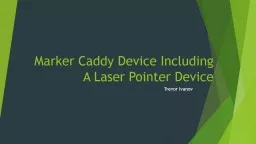



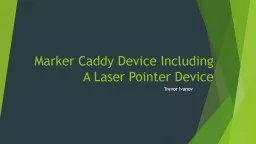
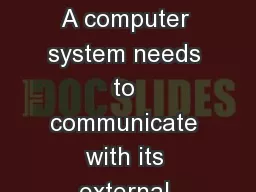

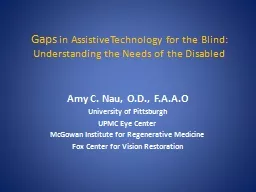
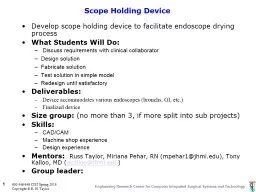
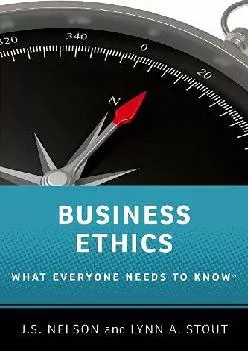
![[eBOOK]-HOW TO BORROW, RETURN, GIFT, SHARE E-BOOK ON KINDLE DEVICE: A Complete Step By](https://thumbs.docslides.com/992402/ebook-how-to-borrow-return-gift-share-e-book-on-kindle-device-a-complete-step-by-step-picture-guide-on-how-to-quickly-loan-gift-and-share-kindle-books-on-any-device-2020-edition.jpg)